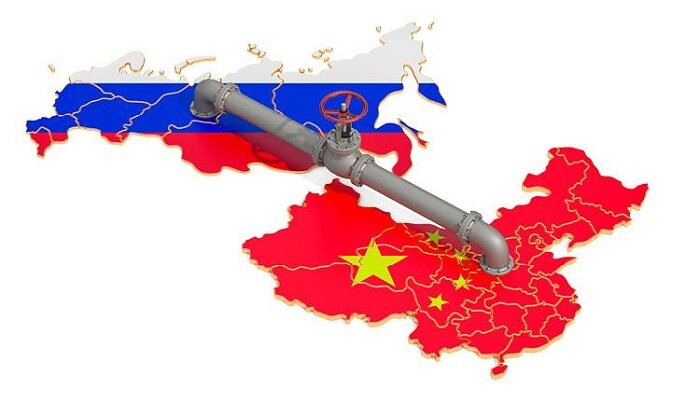Gazprom, which is Russia’s state-controlled unit, has begun building a multibillion-dollar natural gas pipeline as it seeks to expand its sources of gas supplies so as to help meet its export commitments to China.
China, with former Soviet republics in Central Asia as well as other Asian nations, has been a major focus for Russian efforts so as to expand its gas exports to certain other markets after breaking long-term ties to Europe after the Ukraine invasion in early 2022.
Gazprom remarked that the new pipeline will link two existing networks, the Sila Sibiri 1 pipeline in East Siberia as well as the Sakhalin-Khabarovsk-Vladivostok pipeline in the far east of Russia.
Apparently, the new pipeline will run across 828 kilometers from Khabarovsk to Belogorsk in Russia’s Amur region, where it will go on to connect to the Sila Sibiri 1 line.
Gazprom did not go ahead and disclose many details when it comes to the planned Khabarovsk-Belogorsk link, like estimated investments, since the government has enabled the company to withhold data it considers sensitive because of the imposition of international sanctions against the country as well as its corporations in response to the Ukraine war.
As per tender disclosure notices, Gazprom has been fast-tracking pipeline projects, carrying out surveys when it comes to construction sites, and also arranging necessary supplies to support construction since the beginning of 2023, just a few months post when the international sanctions were first imposed.
The construction of the pipeline has been split into numerous segments, with the work managed by Gazstroyprom, Gazprom’s chief building contractor, along with its traditional construction partners, called GSP-1, GSP-2, and GSP-7.
Apart from this, the tender documentation suggests that Volzhsky Pipe Plant, a subsidiary of Russian pipe manufacturer TMK, will go ahead and supply pipes for the project.
Pipeline functioning modes
Mikhail Krutikhin, an oil and gas industry analyst, says that the new pipeline will be able to operate in both directions so as to allow Gazprom flexibility when it comes to selecting the sources of gas it will go on to export to China.
Two binding contracts from Gazprom with China National Petroleum Corporation call for the delivery of 38 billion cubic meters per year of gas from just two fields- Chayanda and Kovykta through Sila Sibiri 1 from 2025 onwards, and also the supply of 10 Bcm per annum via a dedicated link to China from the Sakhalin-Khabarovsk-Vladivostok pipeline.
As per Krutikhin, the planned connector may go on to carry some gas from Sila Sibiri 1 to Russia’s far east, where it can very well enter the Sakhalin-Khabarovsk-Vladivostok pipeline for further delivery to China under a 10 Bcm per year commitment.
Krutikhin went on to suggest that this could be a likely option if Gazprom happens to be unable to achieve commercial gas production rates at the Kirinsky development offshore Sakhalin Island, which has been under US sanctions since 2014, the time when Russia annexed the Crimea Peninsula from Ukraine.
These restrictions had put a halt to Gazprom’s plans to make use of US-manufactured subsea templates in order to produce gas in the icy as well as rough waters at the development near Sakhalin Island sans the installation of a production platform.
But, if Gazprom does go on to achieve commercial volumes at Kirinsky, the Khabarovsk-Belogorsk connector can very well work in the opposite direction, thereby carrying excess volumes from the offshore field to Sila Sibiri 1 for export to China under a 38 Bcm per year contract, Krutikhin said.
In January 2024, it was Alexander Novak, Russian Deputy Prime Minister, who had suggested that Gazprom could finish the construction of the Khabarovsk-Belogorsk pipeline by 2029.



















































